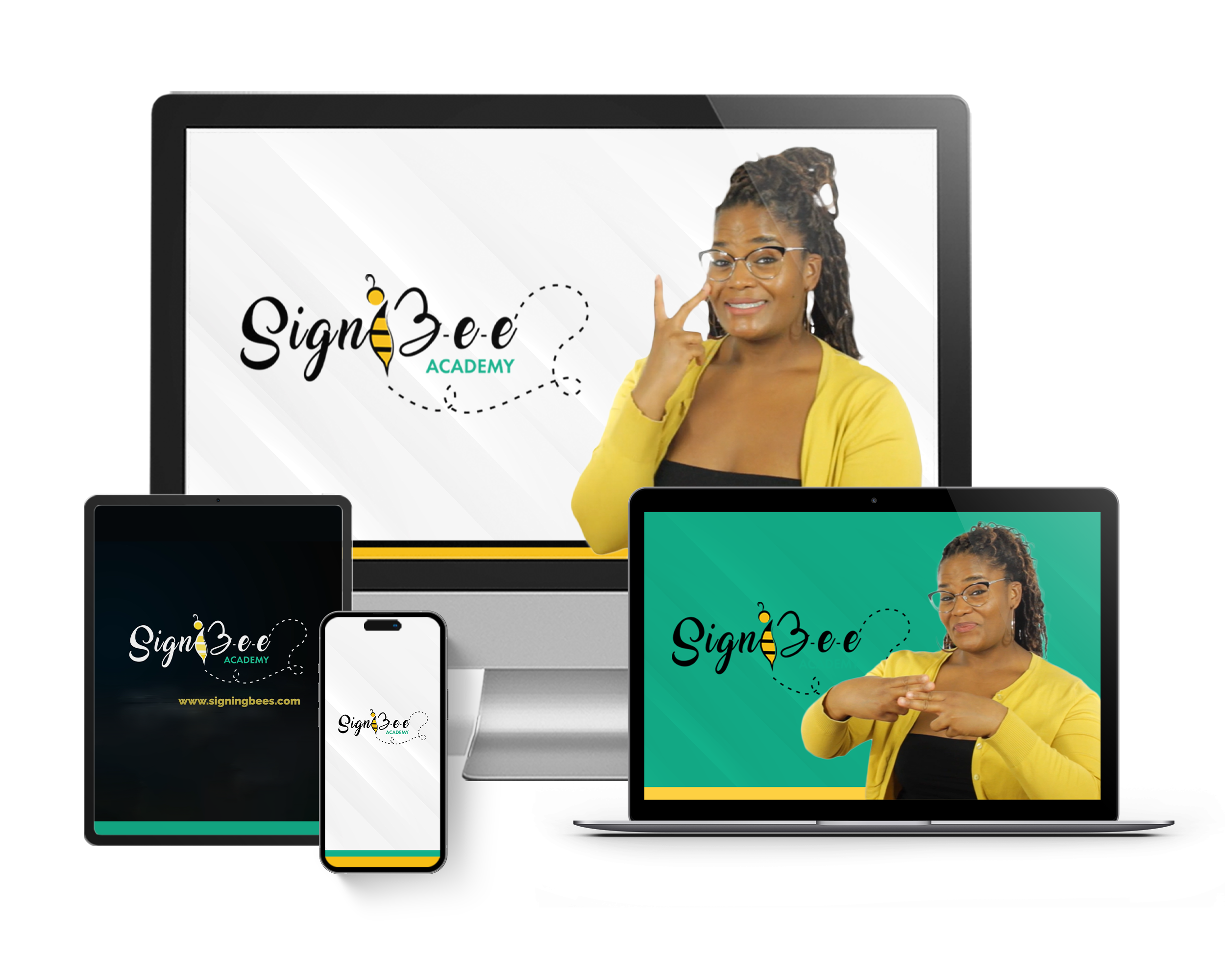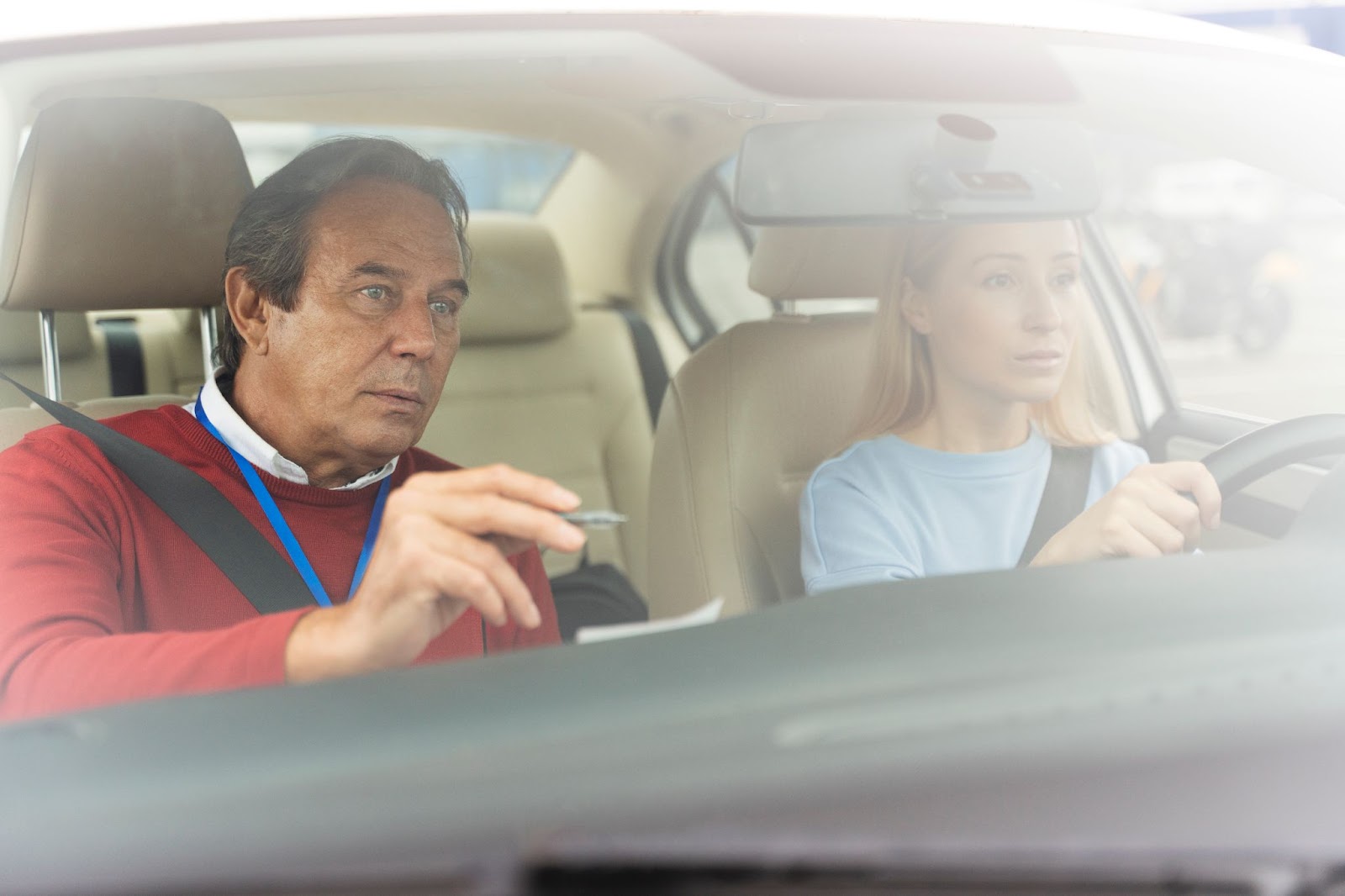People who can drive ought to be placed under the category of those with useful life skills because that is what driving is. It is a skill just as being a pro in sports is as well. That someone suffers from any degree of hearing loss or is deaf does not in any way mean that that person suddenly becomes incapable of driving, nor is such a person rendered incapable of participating in a sport as well. If this is the case, how do you think they accomplish these tasks? This is precisely what this article talks about.
Who Are Those Eligible To Drive in The United States?
Did you know that among the requirements for owning a driver’s license in the United States, being able to hear is not one of them? In addition to having documentation proving one’s rightful residence in the United States, the next requirement on the list is usually a vision test.
When a person is deaf, it does not in any way mean the person is blind. Once the vision test is passed, the process moves further to taking a theoretical driving test. If a deaf person can understand the questions asked, having taken time to study beforehand, there is nothing that should stop him or her from passing this theoretical driving test (which includes the test of one’s knowledge of the road signs).
Most times, the final process of obtaining a driver’s license comes in the practical test, and this is where the deaf person gets to prove that their hearing loss has nothing to do with their ability to drive. Here is why: driving is more visual than auditory.
Other Skills That Make it Possible for Deaf Individuals to Drive
Should a deaf person meet the following additional conditions, nothing should stop them from driving.
- Absence of any physical ailment or disability that can hinder safe driving
- Abstinence from alcohol while driving
- Quick mind alertness
Challenges Encountered by Deaf Individuals While Driving
Despite the assertion that deaf people can and should be allowed to drive if they have met the essential criteria for driving, it does not preclude the fact that due to their hearing loss, they still encounter certain challenges while driving. Let us see some of what these challenges are:
Emergency Vehicles
Sadly, the siren noises of emergency vehicles cannot be heard by people who suffer from profound hearing loss, and are driving alone without any cochlear implant or hearing aids to help them pick up the slightest of sounds whatsoever. No doubt this could be a serious problem. But should these cases that deaf individuals may only come across on rare occasions prevent them from driving entirely?
Messages From Other Drivers
People do not usually go about with stickers in their vehicles indicating that they are deaf, so, in cases where other drivers on the road may want to pass across a warning or message them (deaf drivers) via spoken language, and discover that they are unable to receive the information being passed, what happens? Does this mean that deaf drivers should have something written on their vehicles that immediately tells other drivers on the road that they are deaf?
Confidence Problems
For people who were not born deaf and could already drive before they got diagnosed with hearing loss later in their lives, their inability to hear properly may affect their confidence to drive even if driving was something they were already used to doing well before the diagnosis.
They might become suddenly afraid of being on the road on their own with the silence or muted noises they are unfamiliar with, and as a result, make some terrible road decisions. In cases like these, it is advised that they get behind the wheel with other people in the car until they have been able to have their confidence level restored.
Deaf Individuals in the Sports World
Image by jcomp on Freepik
When it comes to sports, deaf individuals are mostly streamlined to participate in deaf sports (activities performed for enjoyment, competition, or recreation but with restricted aural capabilities). However, since sports are not isolated activities, as a lot of communication goes on with team members and leaders, it is important that where deaf individuals are involved, signals are used appropriately to help them participate fully.
History of Deaflympics
What is called Deaflympics (worldwide competitions for the deaf) today was first referred to as “Silent Games” in the early 19th century. It was initiated by Eugène Rubens-Alcais and Antoine Dresse. The idea behind it was to stop the majority from seeing deaf individuals as inferior because of their hearing loss. So far, there have been over twenty-three summer games held since its inception.
Criteria for Participating in the Deaflympics
Image by master1305 on Freepik
To make sure all participants are on the same level, those allowed to participate in the Deaflympics are those with hearing loss of 55 dBHL in their hearing ears. Hearing aids and cochlear implants are said to be prohibited. Therefore, as previously noted, the major form of communication is sign language.
In these sports for the deaf, to cheer, hands are waved rather than clapped, and flags and light signals are used by referees rather than whistles being used. These are some examples of the rules that apply to the Deaflympics.
Deaf Individuals in Paralympics
Image by Freepik
Will you define a person who cannot communicate in your language as disabled? That is unlikely. Hence, it is hard to blame deaf people for deciding not to view their hearing loss as a disability, because in truth, they can communicate in ways most of their hearing counterparts cannot.
The international sporting event held for physically disabled people is called the Paralympics. And seeing as deaf people are not ‘disabled,’ it is the reason they can scarcely be found in the Paralympics. Since people who have disabilities can still hear, they might be unable to communicate with deaf individuals.
Conclusion
How does this article make you feel? Especially if you have always believed that it is not safe for deaf people to drive. In terms of sports, do you see how possible it is for people who are deaf to have independent lives and accomplish just as much as those who can hear?
Now, what do you think would happen if more individuals learned ASL? I do not doubt it would make it less weird to pass a deaf driver, because with ASL you can safely carry on the same discussion you would with a hearing person.
SignBee Academy has amazing ASL learning resources that can help you learn ASL enough to have simple conversations with deaf drivers.
Thumbnail Photo Credit to: Image by Freepik





